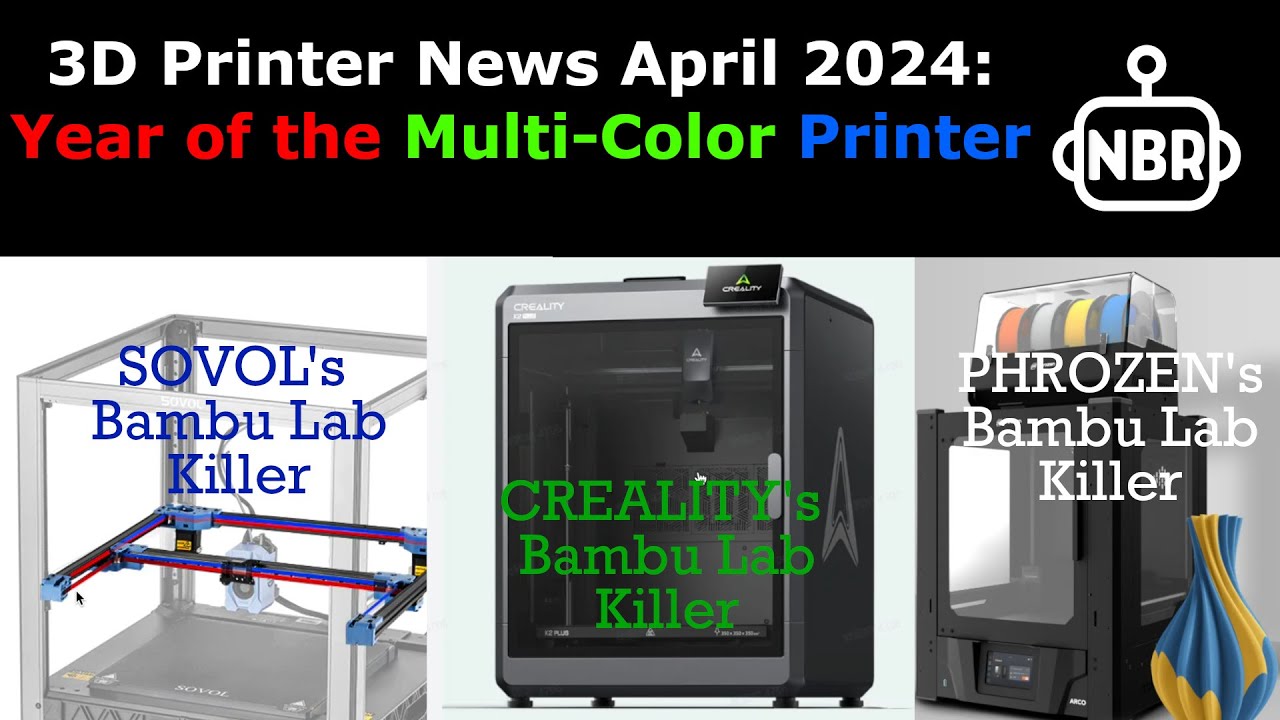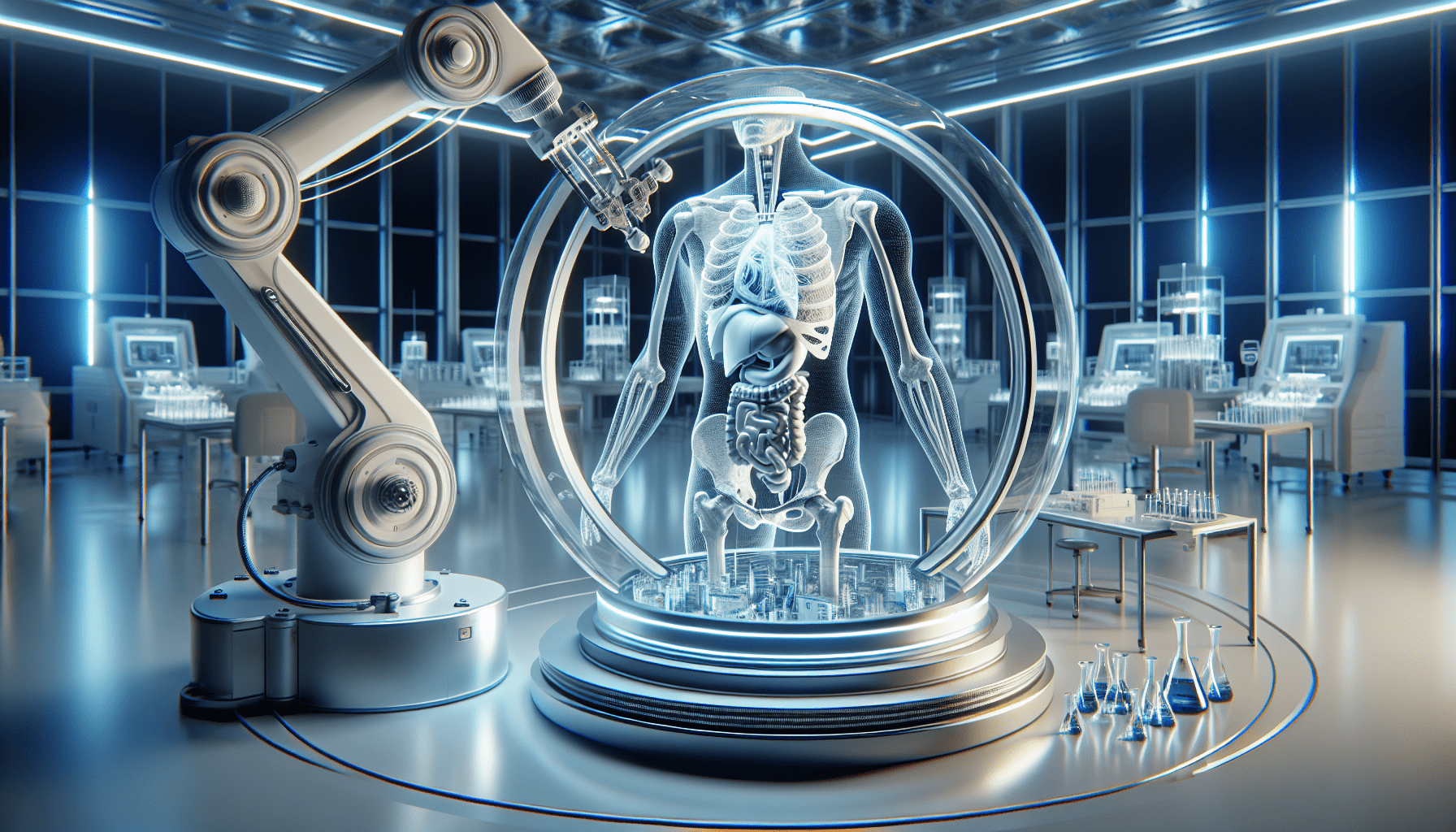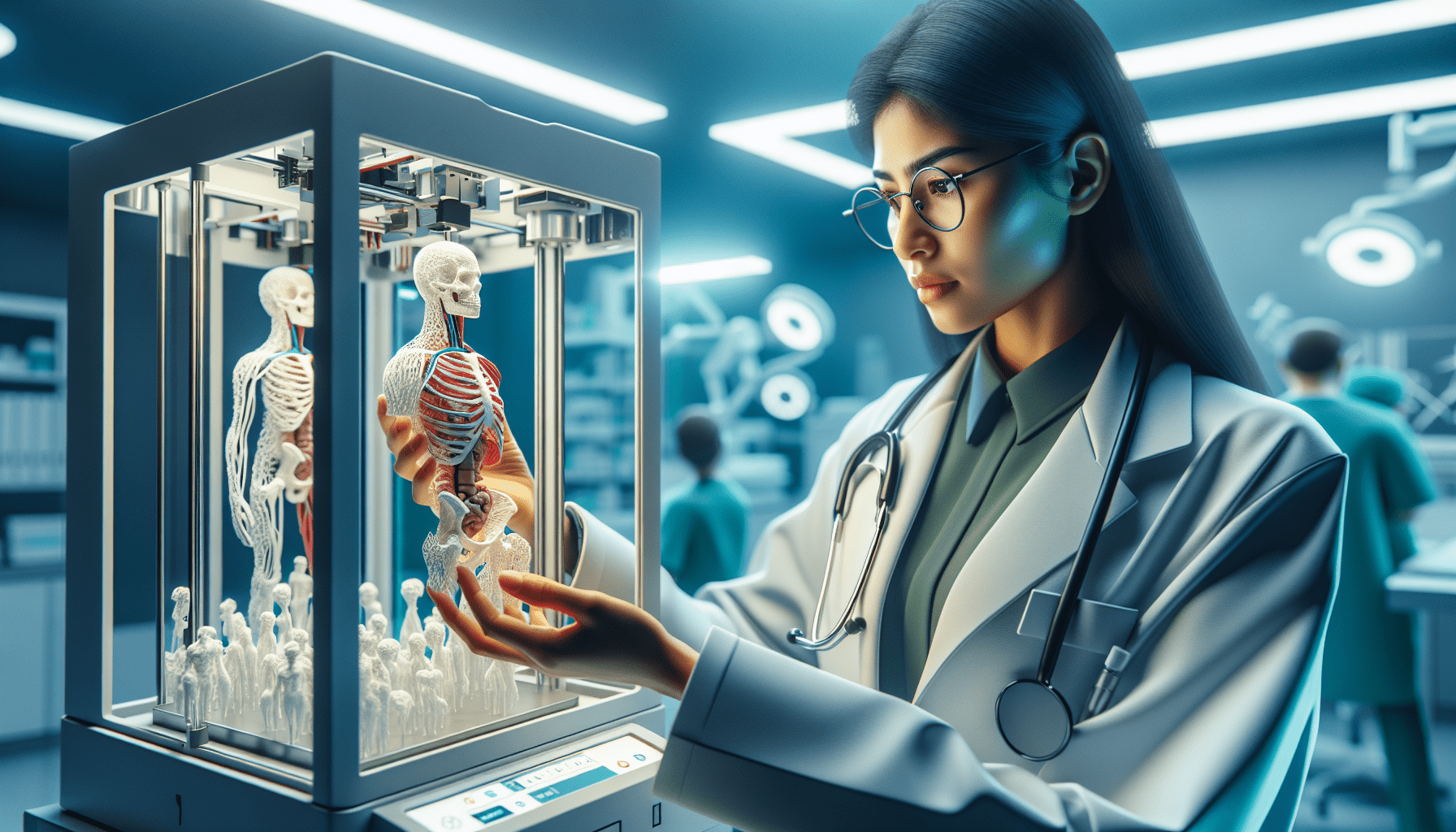FLASHFORGE AD5M 3D Printer Fully Auto Calibration Print with 1-Click Max 600mm/s Speed, All-Metal CoreXY Structure Precise Printing, Easy-Maintenance Quick-Swap Nozzle, Print Size 220x220x220mm
$259.00 (as of June 19, 2025 23:45 GMT +00:00 - More infoProduct prices and availability are accurate as of the date/time indicated and are subject to change. Any price and availability information displayed on [relevant Amazon Site(s), as applicable] at the time of purchase will apply to the purchase of this product.)Discover a groundbreaking solution to the challenges faced by those with limited dexterity when it comes to toothbrushing. Brand consultancy Landor & Fitch has developed a range of customizable 3D-printed handles, known as Accessories, which attach to regular or electric toothbrushes. With over 142 different designs to choose from, these adaptive toothbrush add-ons provide a larger grip that is both accessible and desirable. Created through an online questionnaire and personalized 3D printing, Accessories are revolutionizing toothbrushing for individuals with dexterity challenges worldwide.
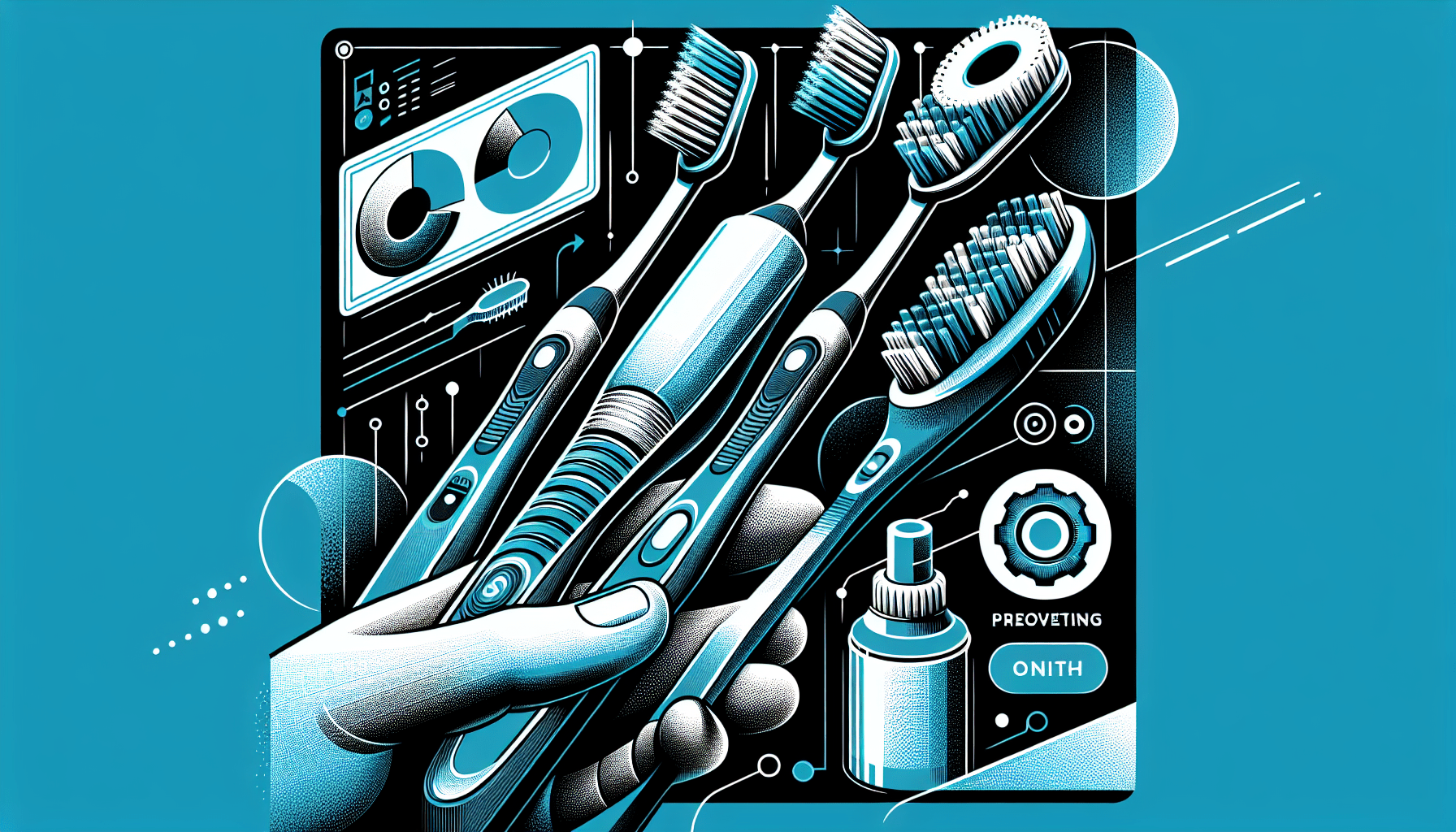
Introduction
Taking care of your oral hygiene is an essential part of your daily routine. However, for people with limited dexterity, brushing their teeth can be a difficult and uncomfortable task. The challenges they face can range from holding and maneuvering a toothbrush to finding a comfortable grip. Fortunately, brand consultancy Landor & Fitch has developed a solution to these challenges – customisable 3D-printed handles. These innovative toothbrush add-ons are designed to make toothbrushing accessible and desirable for everyone, regardless of their dexterity limitations.
Challenges of toothbrushing for people with limited dexterity
Stats on people with dexterity challenges
According to Landor & Fitch, there are approximately 360 million people worldwide who are living with dexterity challenges. These challenges can be the result of conditions such as arthritis, carpal tunnel, and essential tremors. For these individuals, performing daily tasks like brushing their teeth can be particularly difficult.
Current methods used for toothbrushing
People with limited dexterity often resort to household hacks to make toothbrushing more manageable. These makeshift solutions involve attaching toothbrushes to hands with elastic bands, using unconventional objects like dog toys or lollipop sticks, or even relying on wet cloths. While these methods may serve a functional purpose, they can be extremely uncomfortable and inconvenient.
Uncomfortable and inconvenient household hacks
Landor & Fitch’s research into accessible design revealed that many people with limited dexterity had resorted to uncomfortable and improvised methods to brush their teeth. These methods, while serving their purpose, were far from ideal and often caused discomfort and frustration.
The need for a solution
Recognizing the real problem faced by individuals with limited dexterity, Landor & Fitch’s creative team saw an opportunity to develop a solution. By creating customisable 3D-printed handles, they aimed to make toothbrushing a painless and enjoyable experience for everyone.
The development of customisable 3D-printed handles
Landor & Fitch partnered with people who have dexterity challenges to co-design the product and ensure its effectiveness. Through a series of “makers labs,” participants were given the opportunity to provide valuable input and test prototypes. This collaborative approach ensured that the final product met the specific needs and preferences of individuals with limited dexterity.
Brand consultancy Landor & Fitch
Landor & Fitch, a renowned brand consultancy, took on the challenge of developing toothbrush handles that would revolutionize the toothbrushing experience for people with limited dexterity. Leveraging their expertise in design and innovation, they embarked on a journey to create a product that would both address the challenges faced by this group and provide a visually appealing and desirable solution.
Involvement of people with dexterity challenges
To ensure that the customisable handles met the needs of the target audience, Landor & Fitch brought together a collective of individuals with dexterity challenges. These individuals, who experienced limitations due to conditions such as arthritis, carpal tunnel, and essential tremors, played an integral role in the development process.
Co-designing the product
In the makers labs, participants worked closely with Landor & Fitch’s team to co-design the customisable handles. Through hands-on workshops, they were able to mold shapes, test prototypes, and share their firsthand experiences. This collaborative approach allowed the team to gain valuable insights and ensure that the final product would be both functional and comfortable to use.
Testing prototypes and giving feedback
Throughout the development process, participants were actively involved in testing prototypes and providing feedback. Their input helped refine the design and ensure that it truly addressed their specific needs and preferences. By incorporating feedback, Landor & Fitch was able to fine-tune the customisable handles and create a product that would have a significant positive impact on the daily lives of individuals with limited dexterity.
Role of the digital platform
In addition to the physical handles themselves, the development of a digital platform was integral to the Accessories solution. This platform guided users through a step-by-step online survey to determine the best handle design for their specific needs. The user-friendly interface allowed individuals to choose comfortable grip shapes and select textures and colors that appealed to them.
The features of Accessories handles
The customisable 3D-printed handles, called Accessories, offer a range of different designs to suit individual preferences and needs.
Range of handle designs
The Accessories handles boast an impressive selection of 142 different designs. This extensive range ensures that there is a handle option for everyone, regardless of their unique requirements.
Chunky grips, bulging grips, textured grips
To address the specific needs of individuals with limited dexterity, the Accessories handles offer a variety of grip shapes. Options include chunky grips, grips that bulge outwards as if wrapped around a tennis ball, and grips textured with grids, ridges, or spines. These different grip styles allow individuals to choose the one that feels most comfortable and secure in their hand.
Aesthetics and decorative appearance
In addition to their functional design, the Accessories handles also have an aesthetic appeal. The combination of form, texture, and color gives the handles a decorative or sculptural appearance, similar to a piece of homeware. This attention to detail ensures that the handles are not only functional but also visually pleasing.
Attachment to regular or electric toothbrushes
The Accessories handles are designed to attach to both regular and electric toothbrushes. This versatility allows individuals to use their preferred type of toothbrush while still benefitting from the enhanced grip and comfort provided by the handle. Whether someone prefers a manual toothbrush or relies on the power of an electric toothbrush, the Accessories handles can accommodate their choice.
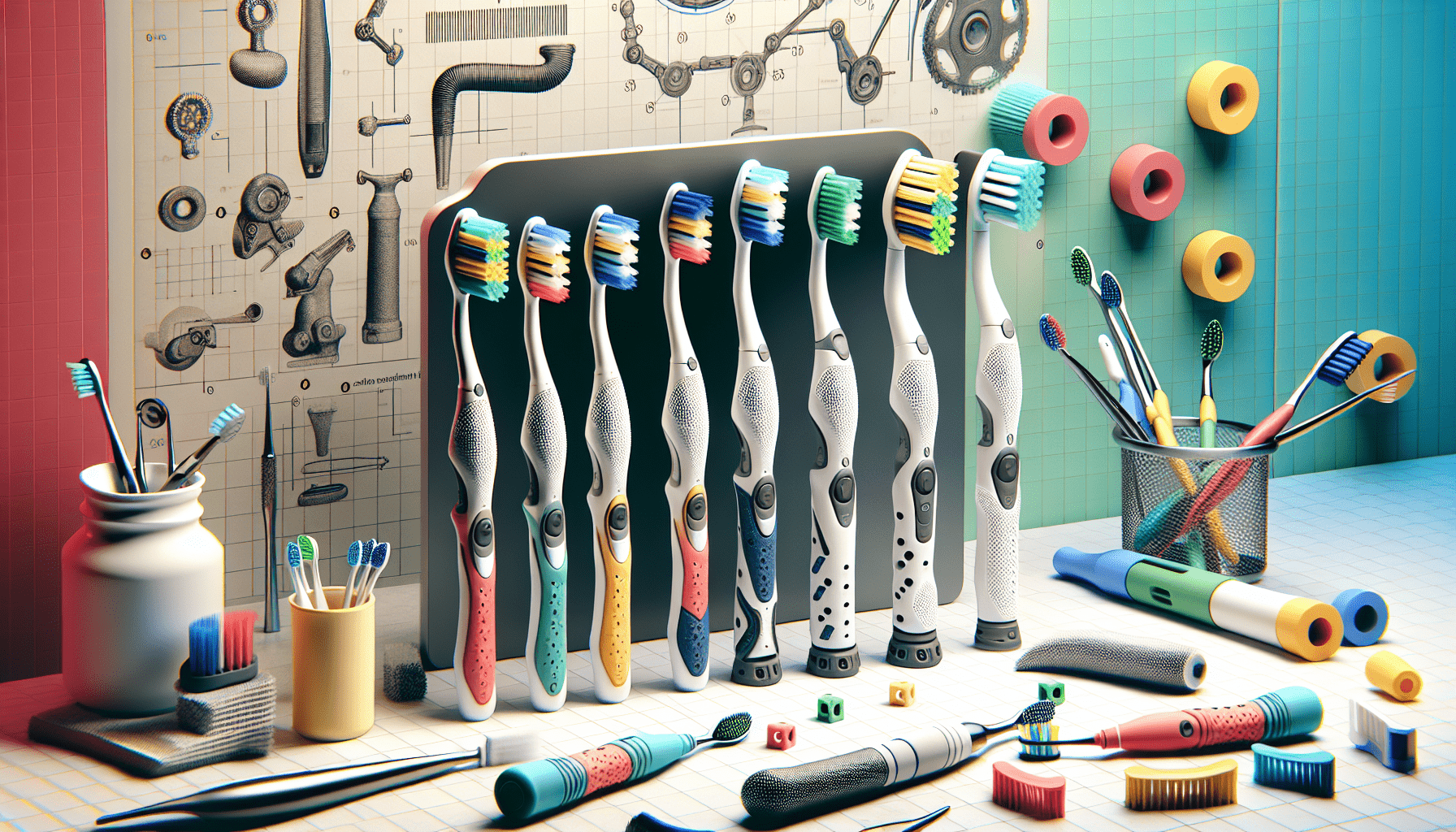
The process of designing a custom handle
Creating a custom handle through the Accessories platform involves a straightforward and user-friendly process.
Step-by-step online survey
The process begins with a step-by-step online survey on the Accessories website. This survey guides users through a series of questions to determine their specific needs and preferences.
Questions about condition and toothbrush type
The survey starts by gathering information about the user’s condition, such as arthritis or essential tremors, and the type of toothbrush they currently use. This initial information helps to establish a baseline for designing a custom handle that will suit their individual requirements.
Choosing comfortable grip shapes
Next, users are presented with options for grip shapes, using everyday objects as reference points. They can choose from shapes that resemble a can, a bar of soap, or a tennis ball, among others. This selection process helps users identify the grip shape that feels most comfortable and ergonomic for their needs.
Incorporating feedback from makers labs
The survey also incorporates valuable feedback gathered from the makers labs. This ensures that the handles’ design options reflect the firsthand experiences and preferences of individuals with limited dexterity. By including this feedback, Landor & Fitch can offer handles that truly address the specific challenges faced by the target audience.
Selecting texture and color
Once the grip shape is determined, users have the opportunity to select a texture and color for their custom handle. Textures range from grids to ridges to spines, providing options that accommodate different sensory preferences and grip needs. Users can then choose from colors such as white, beige, grey, or rust orange, adding a touch of personalization to their handle’s appearance.
Finalizing the design
After completing the survey and making their selections, users have arrived at a design that meets their individual needs and preferences. The custom handle design is now ready to be produced.
3D printing and personalization
One of the key advantages of the Accessories handles is that they are 3D-printed, allowing for low-cost production and hyper-personalization.
Low-cost production
Traditional manufacturing often requires costly molds or tooling. However, 3D printing eliminates the need for these expensive processes. By leveraging the power of 3D printing, Landor & Fitch can produce the Accessories handles at a lower cost, making them more accessible to individuals with limited dexterity.
Hyper-personalization
Each Accessories handle is 3D-printed based on the individual’s specific design choices. This hyper-personalization ensures that the handle perfectly fits the user’s needs and preferences. By tailoring the design precisely to each individual, the Accessories handles deliver a level of personalization and comfort that is unmatched by off-the-shelf solutions.
Manufacturing the final design
Once the user has finalized their handle design through the online platform, the 3D printing process begins. The design is sent to a 3D printer, where it is created layer by layer using a range of materials suitable for dental hygiene products. This cutting-edge manufacturing process ensures that each handle is of the highest quality and meets the specific requirements of the user.
Benefits of 3D printing
The use of 3D printing technology offers numerous benefits. It allows for the production of highly customized and intricate designs, without the need for expensive tooling or molds. 3D printing also enables rapid prototyping and iteration, making it easier to refine and improve the handle design. Additionally, 3D printing reduces waste by only using the necessary materials for each individual handle, making it a more sustainable manufacturing option.
Beta phase and recognition
Accessories is currently in its beta phase, with the custom handles being tested and refined based on user feedback. The product has already gained significant recognition, as it has been shortlisted for a 2023 Dezeen Award in the health and wellbeing product design category. This recognition highlights the innovative and impactful nature of the Accessories handles in improving the lives of individuals with limited dexterity.
The importance of inclusive design
The development of the Accessories handles underscores the importance of inclusive design. Luc Speisser, Landor & Fitch’s global chief innovation officer, emphasized this in an opinion piece for Dezeen. He argues that designing for people with disabilities should be a matter of course for designers. Excluding individuals with disabilities unintentionally excludes a significant portion of the global population. By prioritizing inclusivity in design, we can create products that improve the lives of everyone, regardless of their abilities or limitations.
Conclusion
Landor & Fitch’s Accessories handles represent a groundbreaking innovation in making toothbrushing accessible and comfortable for individuals with limited dexterity. Through a collaborative approach and the use of 3D printing technology, these customisable handles address the challenges faced by individuals with dexterity limitations. The extensive range of handle designs, comfortable grip options, and aesthetic appeal make the Accessories handles a desirable solution for improving oral hygiene. With their recognition in the design community and an emphasis on inclusive design, Landor & Fitch has paved the way for a more inclusive and accessible future in product design.







